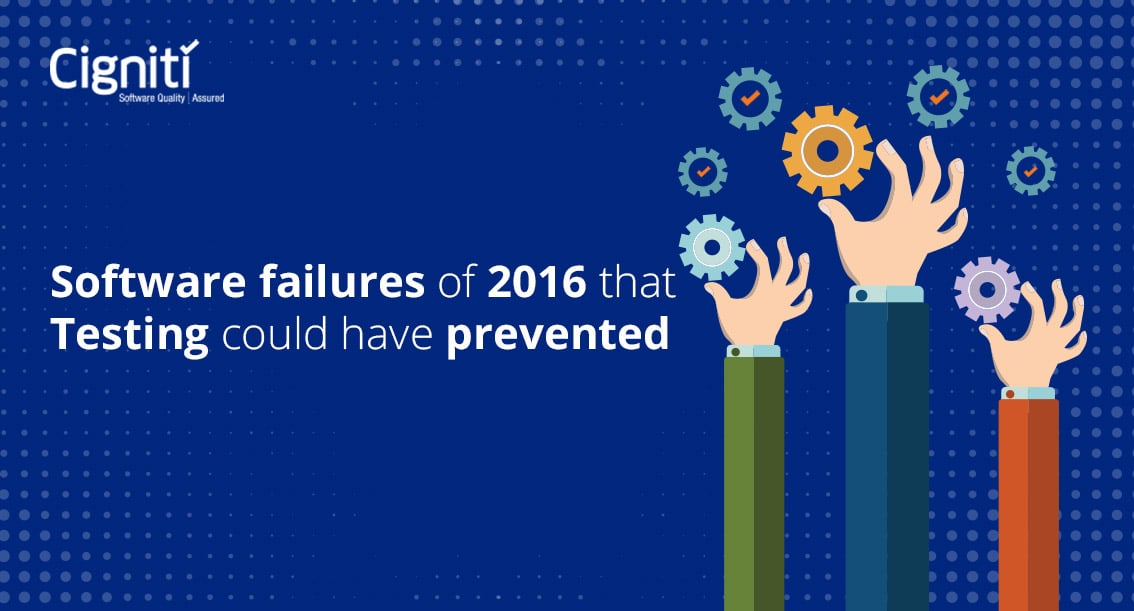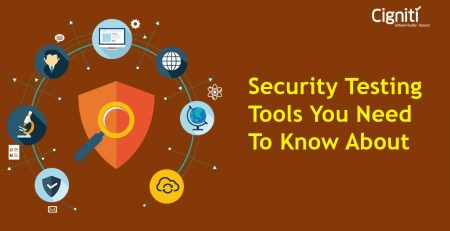How To Combat Cybercrime Threats Like A Pro?
“Threat is a mirror of security gaps. Cyber-threat is mainly a reflection of our weaknesses. An accurate vision of digital and behavioral gaps is crucial for a consistent cyber-resilience.” ― Stephane Nappo
The principal security agency of Russia – the Federal Security Service (FSB) – faced “the largest data leak in the history of the work of Russian special services on the Internet” after hackers breached one of their IT contractors and stole and leaked 7.5 terabytes of data to the journalists. In another case, Equifax’s credit bureau is penalized to pay $650 million to compensate for the information loss caused by a 2017 data breach, resulting in the exposure of information belonging to 145 million people.
As global organizations prioritize tackling the escalating threat of cybercrime, they are grappling with this one question – How to combat cybercrime? The risk associated with cyber crimes has doubled in the last six years, with the total damages cost projected to reach $6 trillion annually by 2021.
We live in a digitally connected world where the bandwidth and scope will further expand as we progress. IoT devices are continually rising, while cyber breach incidents are increasing alarmingly. To fulfill the vision of a wholly connected world, IoT proliferation is favorable. Thus, it is essential to control and combat cyber crime and devise a robust cybersecurity strategy. As per a report, about 61% of organizations have experienced an IoT security incident.
Data is the new asset that drives revenues for an organization in this digitally evolving ecosystem. This shift in the value from physical to digital assets has caused an increase in the number of cyber crimes. Data protection and cyber security have taken the maximum priority for organizational leaders as they realize this data-driven world’s associated value and threats.
It is time that organizations start considering how to fight cyber crime, its associated risks and establish the necessary risk prevention and management mechanisms. They must devise a sustainable cyber defense strategy with sizeable cybersecurity assurance services to protect and shield organizational data against future attacks. Let us try to understand how leaders should approach data and how to fight cyber threats and establish a robust and flexible cybersecurity strategy that will effectively fortify their organization’s digital walls.
Introspect – Perform a thorough analysis
In a most recent cybercrime incident, a hacker broke into Bulgaria’s tax system and stole the social security, bank, and salary information of 5 million tax-paying adults in the country. The same hacker had also penetrated the Bulgarian Education Ministry’s website in 2017, citing the act as his ‘civic duty.’ Such hacks into government databases raise questions about the reliability, integrity, and security of personal information in this digital age.
How to fight cyber threats is no longer just the concern of the IT department. The criticality and impact of cyber resilience are mandating the involvement of the entire organization to ensure that no information is leaked. If businesses wish to attract and retain their customers, they must build a credible and trustworthy environment where their prospects are comfortable sharing their personal data. For doing so, the first step would require creating a thorough organizational profile. Such a profile will help gain visibility into the strengths and weaknesses of the organization and allow it to mark the potential targets, risks, and vulnerabilities that hackers can exploit.
Daniel Wagner, Risk Consultant and Author, rightly says, “Some risks that are thought to be unknown are not unknown. With some foresight and critical thought, some risks that may seem unforeseen at first glance can be foreseen. Armed with the right set of tools, procedures, knowledge, and insight, light can be shed on variables that lead to risk, allowing us to manage them.”
By performing a detailed analysis of the organization’s infrastructural and network structure, it becomes easier to identify the network footprint and components, configuration settings, and techniques that might compromise the confidential information to the hackers.
This recceing is, although the first step to address how to combat cybercrime by devising a cybersecurity strategy, it is also required that such analysis is performed regularly to ensure that the strategy is aligned with any update to the organization’s structure.
Visualize the threats and stage an attack
Once the organization profiling is completed, the next step involves identifying those nodes, elements, and vectors that face the risk of penetration. These vectors should then be arranged and prioritized based on their ease of exploitation and the value of information that they contain.
As per Demitrios ‘Laz’ Lazarikos, Founder and CEO, Blue Lava, Inc., at SecureWorld Philadelphia, “A modern cybersecurity program must have Board and Executive level visibility, funding, and support. The modern cybersecurity program also includes reporting on multiple topics: understanding how threats impact revenues and the company brand, sales enablement, brand protection, IP protection, and understanding cyber risk.”
A cyberattack simulation should be carried out to understand how strong the existing systems really are. Performing security and website vulnerability testing yields insightful results regarding the effectiveness of cybersecurity solutions. The findings of this simulated attack will further aid the decision-makers in formulating a better-suited strategy that efficiently takes care of the identified vulnerabilities and threat risks.
An effective dealing with cyber threats requires a proactive approach on the organization’s part, making mature prevention, detection, and recovery measures absolutely critical. This means the establishment of an Incident Response Service to deal with a breach crisis on an immediate basis.
An incident response service typically involves:
- Discovery: It takes an average of 191 days for an organization to discover a breach. This statistic clearly reflects the robustness of existing cybersecurity strategies. It is impossible to react and respond without knowing the security has been compromised.
- Response: Once the breach is discovered, immediate actions should be deployed to minimize the impact as much as possible.
- Investigate: After taking the necessary measures to contain the data breach’s impact, it is time to investigate the cause and identify the weakness in the system that allowed the breach.
- Remediate and prevent: Remediation involves taking the steps required to seal the compromised nodes, while prevention involves ascertaining that such a breach will not happen again.
An incident response service takes a holistic approach and is sustainably aligned with an organization’s goals.
Conclusion
A cyber defense strategy to combat cyber crime it requires commitment of three critical aspects – people, processes, and tools. A foolproof cybersecurity solution takes all three of these aspects into the picture and proactively takes care of potential risks.
Cigniti’s on-point cybersecurity assessment capabilities support businesses worldwide in their fight against cyber crimes. We have immense experience serving clients across different industry verticals and organization sizes. Our Web application penetration testing uncovers vulnerabilities in applications and ensures the application risks are minimized. With a proprietary cybersecurity framework, our Security TCoE comprises dedicated teams of security testing specialists with deep expertise spanning multiple domains/industries and cutting-edge technological resources/tools. Connect with us today.





Leave a Reply